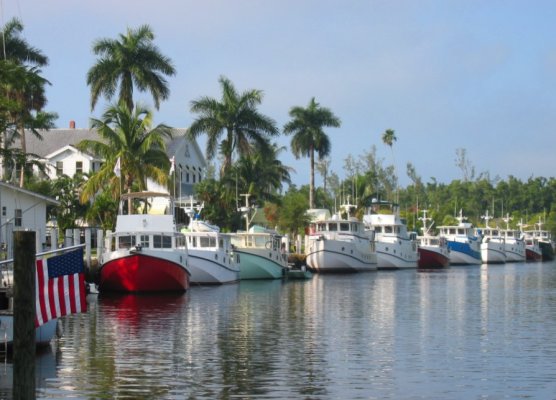I am one year into owning a Moorings 372 PC, which is the Leopard 37 PowerCat. I have also chartered a 39 power cat in the Bahamas and the PDQ 34 and other power cats up to 45 feet in Florida. After also chartering monohulls like a Mainship 43, GB 36 & 42, etc, my wife demanded that we buy a multi-hull. So that's point one. They are much more stable in small seas. Note I said small seas. There's just nothing better than a cat in flat water.
But our 37 Leopard PowerCat "True Love" sucks in a beam sea over 4 feet, and I mean sucks. It rocks violently and the freezer and fridge doors, and even the heavy sliding glass cockpit door open and shut with each wave. In fairness, our Leopard 37 only has a 14'8" beam so it's possible wider cats would be better.
But because it's only 14'8" it does fit into any regular slip. That's a big plus in our Marina in Cape Coral and elsewhere,but not as important in the mooring-ball oriented Bahamas.
I also agree with the earlier poster about the "hobby horse" problem. Into a 4'+ sea it's a bucking bronco.
As for livability, the crawl-in berths are not as nice as an island queen, but the bright light and wide saloon outweigh that, with a large single level that extends out the large sliders into the rear cockpit. That's a very nice arrangement. Also, split accommodations make for very good privacy.
Because we have our boat in SW Florida in the generally calm gulf, with a friendly ICW to stay in if it's blowing hard outside, the sea-keeping aspect is just not an issue for us or our charterers out of Southwest Florida Yachts, who take care of it for us.
All in all, the pluses of a PowerCat for us outweigh the minuses greatly.
I'd be happy to talk more about it.
Happy hunting!
David Hughes
2009 Leopard 37 Powercat for charter in Cape Coral, FL
www.capecoralyacht.com

